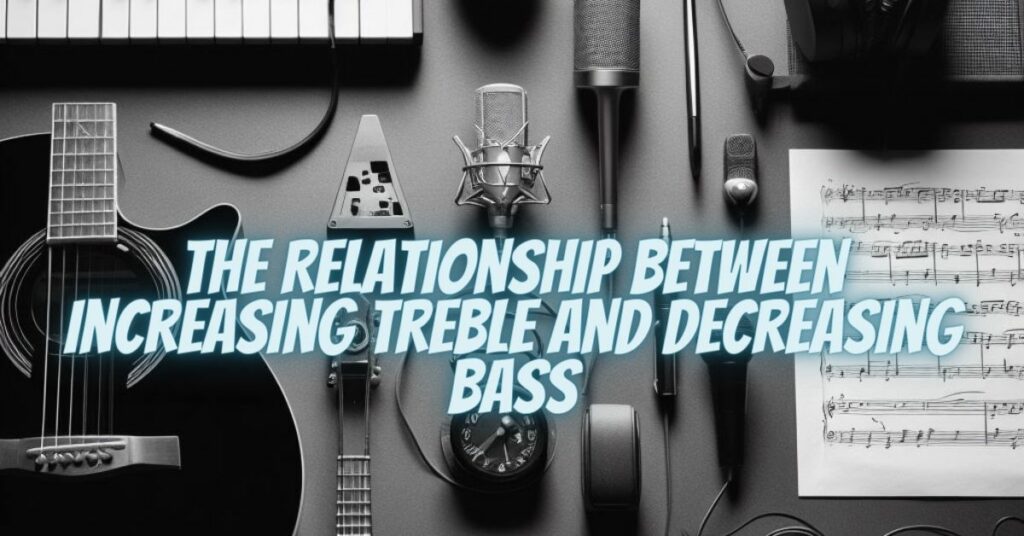In the realm of audio and sound reproduction, the balance between treble (high-frequency sounds) and bass (low-frequency sounds) is fundamental to creating an enjoyable and well-rounded listening experience. However, there’s a common misconception that increasing treble automatically leads to a decrease in bass or vice versa. In this article, we’ll explore the relationship between treble and bass and shed light on whether increasing treble does, in fact, decrease bass.
Understanding Treble and Bass
Before delving into the relationship between treble and bass, let’s clarify what each term means:
- Treble: Treble refers to the high-frequency sounds in the audio spectrum. These frequencies are typically associated with sounds like cymbals, high-pitched vocals, and the upper harmonics of musical instruments.
- Bass: Bass, on the other hand, pertains to low-frequency sounds. Bass frequencies are responsible for the deep and rumbling tones of instruments like the bass guitar, kick drum, and the low end of the human voice.
The Equalization Factor
Treble and bass levels can be adjusted using an equalizer, a device or feature found in many audio systems and software applications. Equalization allows you to boost or cut specific frequency ranges to modify the tonal balance of audio.
The Myth: Does Increasing Treble Decrease Bass?
The belief that increasing treble automatically leads to a decrease in bass is a misconception. When you adjust the treble control on an equalizer, it primarily affects frequencies in the high end of the spectrum. It boosts or cuts the frequencies in the treble range without directly affecting the bass frequencies. Similarly, increasing bass with an equalizer primarily influences low-frequency sounds while leaving treble frequencies untouched.
A Balanced Approach
The relationship between treble and bass is more about achieving a balanced sound. When you manipulate treble or bass using an equalizer, it’s essential to do so thoughtfully to maintain a pleasing and harmonious audio profile.
- Balanced Equalization: Rather than boosting treble or bass to extreme levels, aim for a balanced approach. Adjust treble and bass controls in a way that enhances the overall sound quality without creating significant imbalances.
- Room Acoustics: Keep in mind that room acoustics can affect how you perceive treble and bass. The size and materials of your room can impact sound reflection and absorption, influencing how frequencies are heard.
- Listen Cautiously: When making adjustments, listen carefully to the changes you’re making. Trust your ears to guide you in finding the right balance between treble and bass for your audio system and listening preferences.
Increasing treble does not inherently decrease bass, and vice versa. Treble and bass controls on equalizers are tools that allow you to tailor the audio to your liking and the requirements of the content you’re listening to. The key is to make adjustments thoughtfully and with an ear for balance, ensuring that you achieve a satisfying and well-rounded audio experience without compromising one for the other. Ultimately, the art of sound engineering lies in achieving harmonious audio by judiciously managing both treble and bass frequencies.


